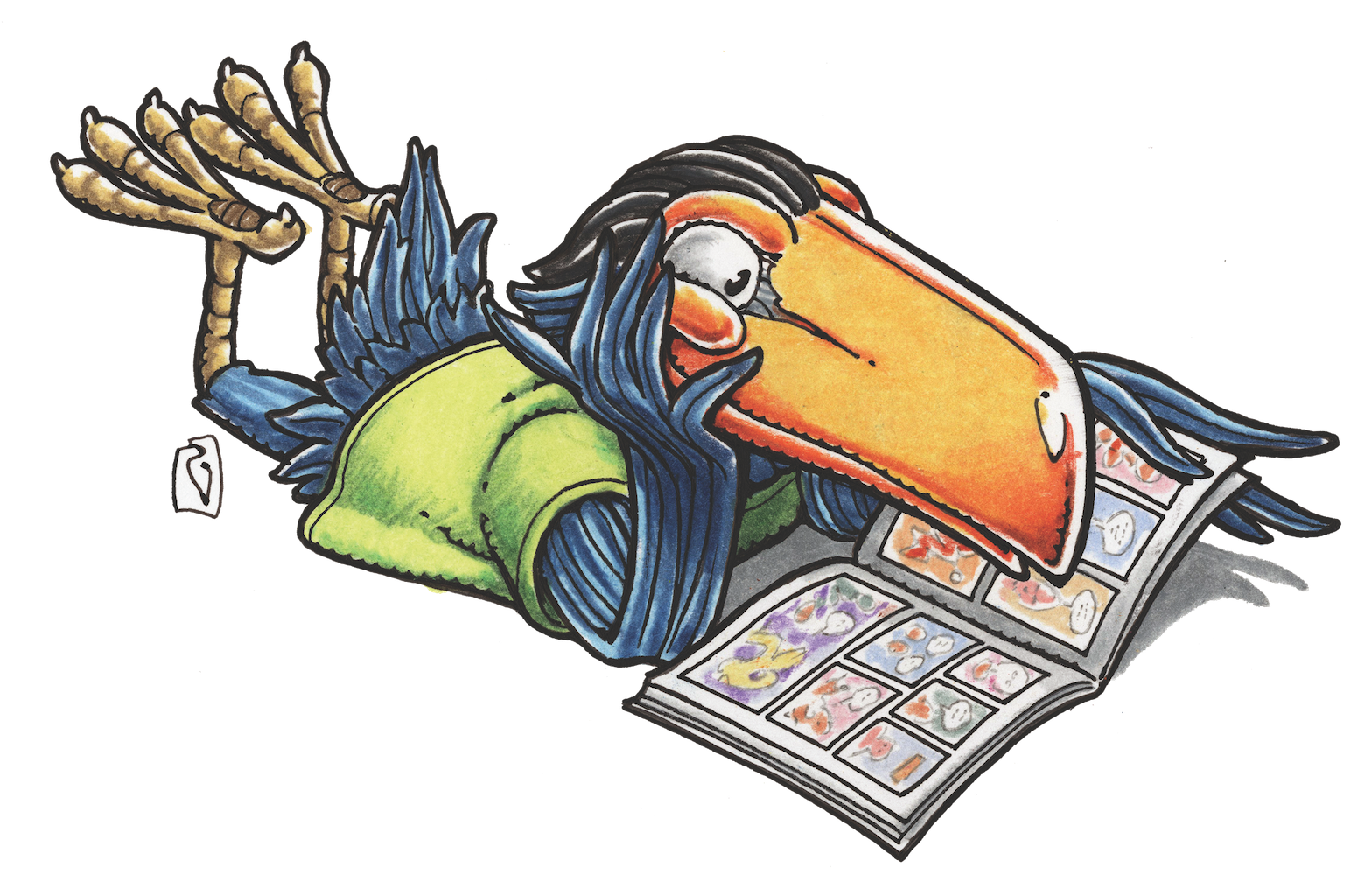STEVE LIEBER’S DILETTANTE
Dilettante 039: A Marathon Not a Sprint


A couple of weeks ago, novelist Mettie Ivie Harrison wrote a short essay on her Tumblr account about writing emotions. She was writing about prose, but much of what she wrote applies to comics as well. And there was this paragraph, which stood out for me.
“ … even low-grade depression can make it difficult to process emotion. It can feel exhausting to think about emotion constantly, in yourself and in others. It’s easier to just short circuit emotion and go straight to plot and dialog. But it makes your story fall very flat. I’ll leave it to you to decide how lack of emotion affects your real life.”
You want to tell a story that will engage your readers and get them invested in your characters. That means creating emotions in your story: love, fear, joy, despair, rage, excitement. How do you do that? How do you conjure up those feelings on the page? You use all the tools of comics storytelling, but first and foremost, you have to try to feel those feelings yourself.
That’s easy to say, but doing it is something else entirely. Comics creation almost always requires sustained effort over a long period of time. A 22-page story can easily take a month or more for a solo artist to draw. A 120-page graphic novel? Six months for a speedy, experienced artist, a year or more for others. Add in scanning, lettering, digital retouching, and the crucial work of maintaining an active, appealing public face via conventions and social media, and you’ve got an immense workload. You’re going to have emotional ups and downs along the way. Will this affect your work? It certainly affected mine. As a younger artist who sometimes struggled with low moods, my storytelling suffered. I gave what I had, but I couldn’t always conjure up the feelings and images my stories needed—at least not on the deadlines my publishers required.
How does an artist keep their energy up enough to stay emotionally engaged across the weeks and months it can take to tell a comics story? I’ve found a few strategies that have worked for me.
1. When you’re too down to do justice to the material that needs energy, do other stuff. There’s a lot of stuff in your life that isn’t drawing comics, and you need to do that stuff too. Work on your taxes, erase a pencilled page, book your convention travel, do the laundry, upload listings to your web store, scan original art. There’s plenty of productive work you need to do that doesn’t require emotional investment. Do some of that.
2. Sometimes the sheer immensity of the job ahead of you is crushing. You may find it helpful to break the job you can’t handle into smaller jobs that you can. If you can’t deal with the thought of a whole book, set yourself small, achievable goals. Polish a character’s dialogue. Thumbnail a page or a scene. Ink the faces on a page.
3. Bring in a helper. A collaborator or an assistant does more than just lighten the load. You’ll have a second set of eyes on the work, and explaining your goals for a sequence may help you conjure up the feelings the scene requires. When they get excited about the story you’re telling, you may find that their enthusiasm is contagious. And the increased momentum that comes with an extra set of hands helps, too.
4. Learn to recognize your green kryptonite. For me, it was drawing tight pencils for an inker on assembly-line, work-for-hire comics. This had nothing to do with the quality of the inking. The inkers I’ve worked with are all skilled and diligent professionals, and many of them are significantly better draftsmen than I am. That didn’t matter. Over time I found that I just hated drawing a picture for someone else to redraw. I want to put my energy towards telling stories, not suppressing resentment, so I don’t take on that kind of project.
5. Embrace tools that make your job easier. As I’ve mentioned in earlier columns, I used to be opposed to the use of photo-reference. I thought that every face and figure had to come entirely from my imagination, every prop and setting constructed in perspective from a grid drawn for that panel. Incorporating photo reference and 3D models into my process meant I could save a lot of time and energy and direct it towards conjuring up the feelings in a scene, and making better storytelling choices. As an artist, your energy is finite.
6. Understand the emotional goals for the scene you’re working on: what the character should feel versus what the reader should feel. “I need the reader to feel scared along with Fred” is a very different goal from “I need the reader to laugh at Fred being scared.” I’ll make notes about this sort of thing in the margins of my script as a way to remind me what I’m aiming for. This is particularly helpful at those times when I’m having trouble feeling an emotion and have to contrive it. I’ve found that having some technical chops helps a lot with this. When basic drawing was no longer a hurdle, I had more time and energy to conjure up real feelings.
I recognize there’s some danger in talking about this stuff. Sometimes it seems like the only acceptable public face is that we’re always excited, always operating at 100%. But every artist I’ve ever spoken to has dealt with this. A comics career is a marathon, not a sprint. We all have our own ways to keep going.
How have you solved these problems? Share your suggestions with me on Facebook or Twitter.
Steve Lieber’s Dilettante appears the second Tuesday of every month here on Toucan!